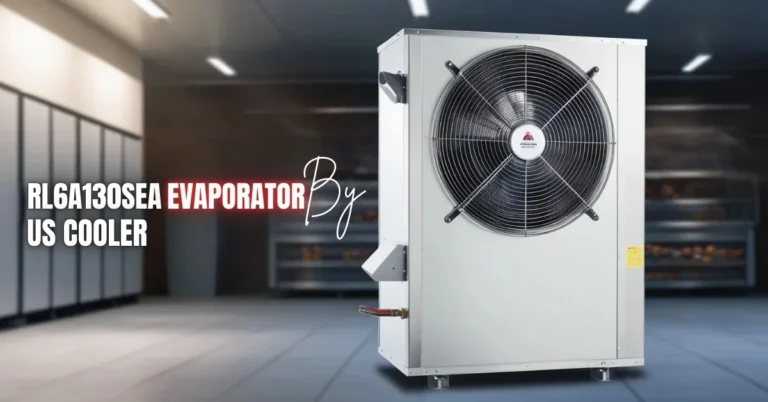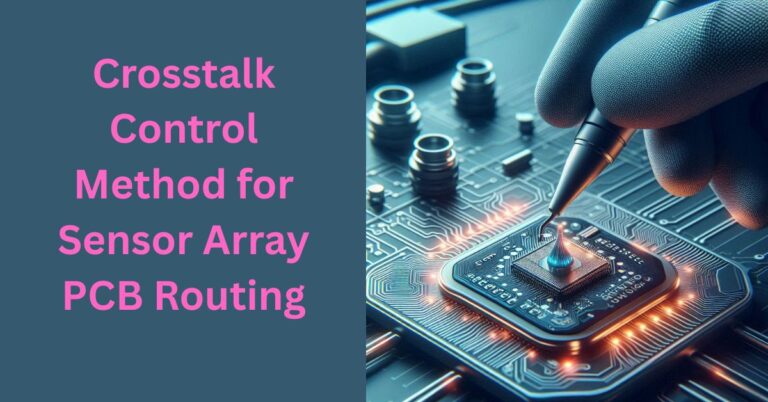1979 Suzuki GS750 Vacuum Line Routing: A Comprehensive Guide
The 1979 Suzuki GS750 is a classic motorcycle revered for its performance, reliability, and iconic design. However, like any vintage motorcycle, maintaining and restoring it requires an understanding of its mechanical intricacies, one of which is the proper routing of vacuum lines. Correct vacuum line routing is essential for the motorcycle’s carburetion system, fuel efficiency, and overall engine performance. This article provides a detailed look into the vacuum line routing for the 1979 Suzuki GS750, including tips for proper maintenance and troubleshooting.
Understanding the Vacuum System on the Suzuki GS750
The vacuum system on the 1979 Suzuki GS750 plays a crucial role in the functioning of the engine’s carburettors. The system ensures that the fuel and air mixture is optimally balanced, which is essential for the engine’s performance. The vacuum system consists of several hoses that connect the carburettors to various components, such as the fuel petcock and intake manifolds. These connections help regulate fuel flow and air pressure within the carburettors, ensuring smooth engine operation.
Key Components Involved in Vacuum Line Routing
Before delving into the specifics of vacuum line routing, it’s important to understand the key components involved:
- Carburettors: The GS750 features a bank of four carburettors that control the fuel-air mixture delivered to the engine.
- Fuel Petcock: The petcock controls the flow of fuel from the tank to the carburettors. It is often vacuum-operated, meaning it relies on vacuum pressure from the engine to open and allow fuel to flow.
- Intake Manifolds: These are located between the carburettors and the engine’s cylinders. The manifolds play a critical role in ensuring the correct amount of air enters the engine.
- Vacuum Lines: These are rubber hoses that connect various components within the vacuum system, ensuring the proper distribution of vacuum pressure.
Proper Routing of Vacuum Lines
The correct routing of vacuum lines is crucial for maintaining the performance of the 1979 Suzuki GS750. Incorrect routing can lead to poor fuel delivery, inefficient combustion, and even engine stalling. Here’s a step-by-step guide to ensure proper vacuum line routing:
1. Connecting the Carburetors to the Fuel Petcock
- Locate the Vacuum Port: Each carburetor on the GS750 has a vacuum port. Typically, these ports are located on the top or side of the carburettor body.
- Attach Vacuum Line to Petcock: The vacuum line from the Petcock should be connected to one of the vacuum ports on the carburettors. Usually, this line connects to the carburettor on the far left (cylinder #1).
- Ensure a Tight Seal: Make sure the vacuum line is securely attached to prevent any leaks, which could lead to fuel delivery issues.
2. Routing from Carburetors to Intake Manifolds
- Identify the Manifold Ports: Each intake manifold, which connects the carburettors to the engine cylinders, has a vacuum port.
- Connect Vacuum Lines: Route a vacuum line from each carburettor to its corresponding intake manifold port. Ensure that the lines are the correct length to avoid kinks or sharp bends, which could restrict vacuum flow.
- Check for Proper Fitment: Secure each line with a hose clamp if necessary to prevent disconnection during operation.
3. Additional Vacuum Lines for Accessories
- Check for Additional Components: Some models of the GS750 may have additional vacuum-operated accessories, such as emissions controls or vacuum gauges.
- Route Accordingly: If such components are present, ensure that the vacuum lines are routed correctly to these devices. Follow the manufacturer’s specifications or refer to the service manual for the exact routing.
Common Issues and Troubleshooting
Even with proper routing, vacuum lines can develop issues over time. Identifying and addressing these problems promptly is essential for keeping the motorcycle running smoothly.
1. Vacuum Leaks
- Symptoms: Engine running lean, rough idling, or stalling.
- Solution: Inspect all vacuum lines for cracks, brittleness, or loose connections. Replace any damaged hoses and ensure all connections are secure.
2. Kinked or Blocked Lines
- Symptoms: Poor throttle response, hesitation, or reduced power.
- Solution: Check that all vacuum lines are routed without kinks or sharp bends. Replace any lines that appear to be blocked or collapsed.
3. Incorrect Routing
- Symptoms: Engine performance issues, including difficulty starting or inconsistent fuel flow.
- Solution: Double-check the vacuum line routing against the service manual or trusted diagrams. Correct any misrouted lines to restore proper functionality.
Maintenance Tips for Longevity
Regular maintenance of the vacuum lines is key to ensuring the long-term reliability of the Suzuki GS750. Here are some tips:
- Inspect Regularly: Periodically inspect the vacuum lines for wear and tear, especially before long rides or after the bike has been in storage.
- Use High-Quality Hoses: When replacing vacuum lines, opt for high-quality rubber hoses that are resistant to fuel and heat.
- Avoid Sharp Bends: Ensure that the lines are routed without sharp bends or twists, as these can restrict vacuum flow and cause performance issues.
- Store Properly: If storing the motorcycle for an extended period, consider draining the fuel and disconnecting the vacuum lines to prevent deterioration.
Conclusion
Proper vacuum line routing is essential for the optimal performance of the 1979 Suzuki GS750. By ensuring that all lines are correctly connected and maintained, riders can enjoy the full potential of this classic motorcycle. Whether for restoration or regular maintenance, understanding the intricacies of the vacuum system will help keep the GS750 running smoothly for years to come.
FAQs
What are the symptoms of a vacuum leak in the Suzuki GS750?
Symptoms include rough idling, engine stalling, and poor throttle response.
How often should vacuum lines be inspected on the GS750?
It’s recommended to inspect the vacuum lines every few months, especially before long rides.
Can I use any rubber hose for vacuum lines?
It’s best to use hoses specifically designed for vacuum applications, as they are more resistant to fuel and heat.
What happens if the vacuum lines are not routed correctly?
Incorrect routing can lead to poor fuel delivery, engine stalling, and reduced overall performance.
Is it necessary to replace vacuum lines periodically?
Yes, vacuum lines should be replaced if they show signs of wear, cracking, or brittleness to prevent engine issues.







